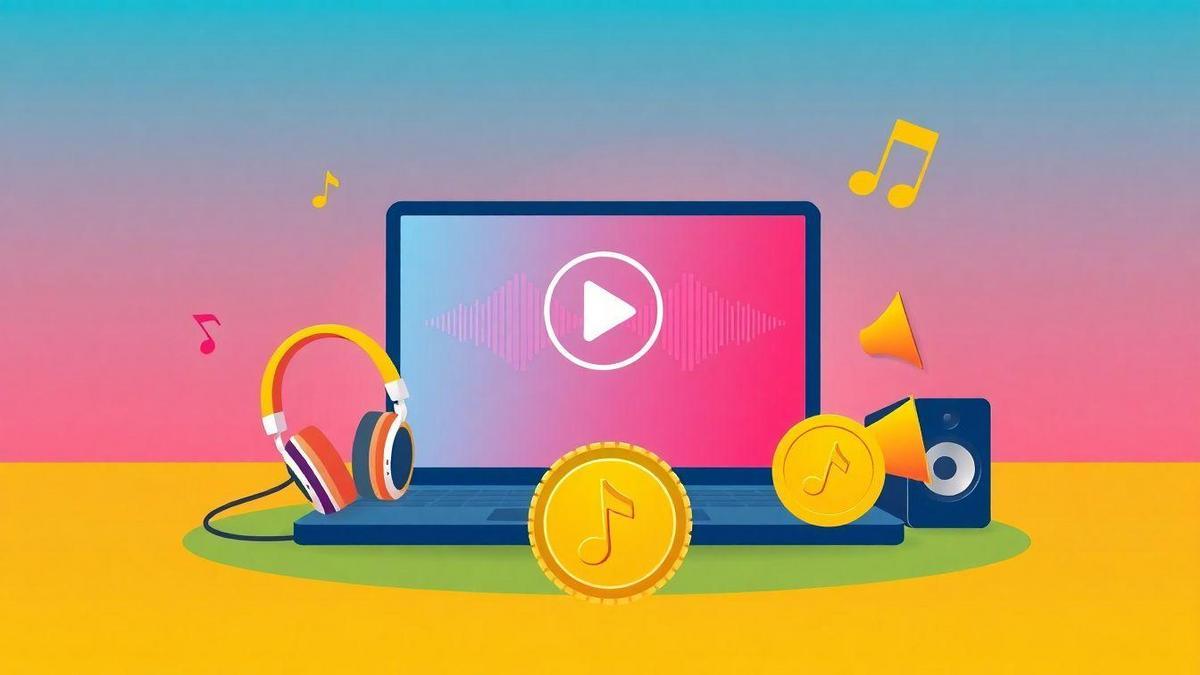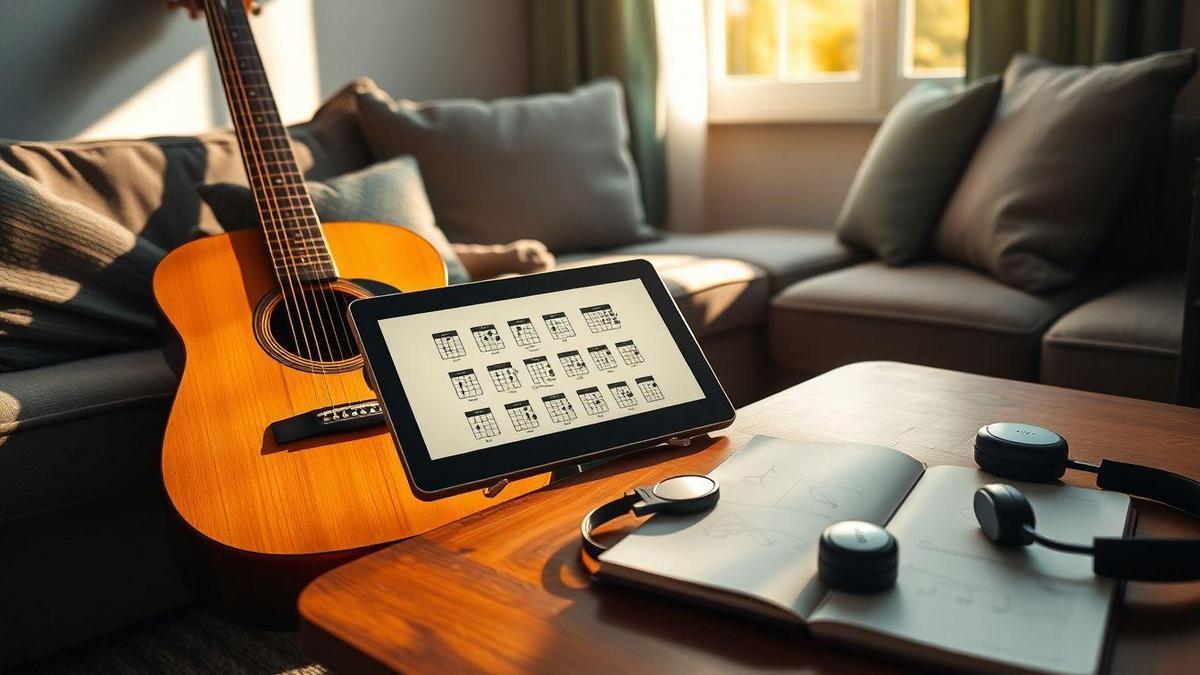How I Choose and Use Música royalty-free for Monetized Videos and Ads
Key takeaways
- Choose Música royalty-free that matches your video’s mood and pacing.
- Verify the license explicitly allows commercial use and monetization.
- Save a copy of every license or receipt as proof.
- Organize tracks by mood and length for faster edits.
- Credit artists when the license requires it.
Picking Música royalty-free for YouTube monetized videos
I treat music like a tool: it must fit the mood, the timing, and the license. First decide the emotional tone you want, then find Música royalty-free with a license that allows monetization. I use a mix of paid libraries and genuinely free tracks, always keeping a saved copy of the license or receipt—this single habit has saved me from claims more than once.
License types to check
Know the three main labels and what they mean for ads:
- Public domain: safest if truly in the public domain.
- Creative Commons: okay if it’s CC0 or a commercial-friendly CC; avoid CC BY-NC or CC BY-NC-ND for paid ads.
- Paid/commercial licenses: often include sync or commercial rights, but read the fine print—broadcast, territory, and impression caps vary.
Quick license checklist for Música royalty-free
- Read the full license text (not just the summary).
- Confirm commercial use or monetization is allowed.
- Note territory, duration, and impression limits.
- Check if attribution is required and copy the exact credit line.
- Download and save the license PDF or screenshot with date.
- If unclear, contact support or the creator and save their reply.
Where I find música libre de derechos for ads
Start with reputable libraries: Epidemic Sound, Artlist, AudioJungle, PremiumBeat, Pond5, Jamendo, Free Music Archive, Bensound, and YouTube Audio Library. I search simple descriptors like happy ukulele ad and also search Música royalty-free when I want Spanish-language options or Latin-flavored tracks. Avoid unknown sites with sketchy layouts—if it looks shady, walk away.
Confirming commercial use for ads
Ads are commercial use, so I always confirm that the license explicitly allows advertising and sync/master rights if needed. Steps I follow:
- Read the license page for advertising, sync, and performance terms.
- Screenshot the license page and store it with the project.
- If the campaign is large (TV, OOH, global), confirm broadcast or exclusivity options and buy them if necessary.
Building a background music library
I keep a central cloud library and a local backup. Each track entry includes a short note with license, source, and required credit. I tag tracks by mood (happy, calm, tense, epic), length (short 0–30s, medium 30–120s, long 2m), and BPM. File naming example: titleartistlengthbpmlicense. A tiny spreadsheet indexes file name, mood, license, and where I used it—then I back everything up twice.
Verifying música sin copyright before use
Never assume free means usable for your project. My verification routine:
- Open and read the license file and any bundled metadata.
- Check uploader reputation and search the track title across platforms for Content ID claims.
- Take screenshots of license pages and claim histories.
- Contact the uploader for written permission when in doubt.
- Run a private draft upload and monitor for 24–48 hours if worried.
Using instrumental música for ads
Match music to product tone: ukulele or light synth for bright products, slow strings or piano for luxury. Match tempo and key to pacing—fast ads: ~100–140 BPM; slow emotional spots: ~60–80 BPM. Use small pitch shifts or edits to align music with voiceover and duck the music under narration. Render stems for delivery (full, quiet, and instrumental-only versions) so clients have options.
Clearing broadcast and commercial rights
Royalty-free doesn’t always equal broadcast clearance. Confirm:
- Sync and master rights are included.
- Territory and platform coverage (web, TV, radio, in-store).
- Whether PRO performance fees apply for public broadcasts.
- If exclusivity is required for the campaign, buy a buy-out or exclusive license.
Comparing licenses: royalty-free vs public domain vs CC
- Royalty-free: usually a one-time fee or subscription; may limit media types, impressions, or require add-ons for broadcast.
- Public domain: free if truly public; verify recordings and recent performances separately.
- Creative Commons: varies—CC0 is safest; CC BY requires credit; CC BY-NC blocks commercial use; CC BY-SA and CC BY-ND have sharing/editing implications.
I prefer Música royalty-free that explicitly states commercial sync allowed and offers a simple global license—fewer surprises.
Conclusion
Keep it simple: pick the right mood, read the license, and save proof. Build a tidy Música royalty-free library, tag tracks by tempo and length, and run quick verification checks before publishing. For major campaigns, buy the needed broadcast or exclusive rights. These habits reduce copyright headaches and let the music do its job—lift your story.
Want more practical tips? Read more at https://sambizangamusik.com.














